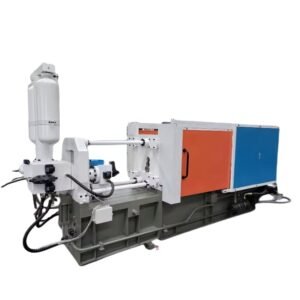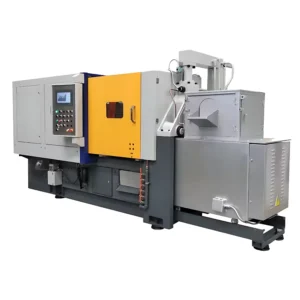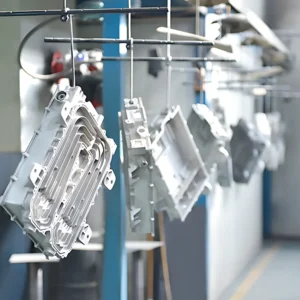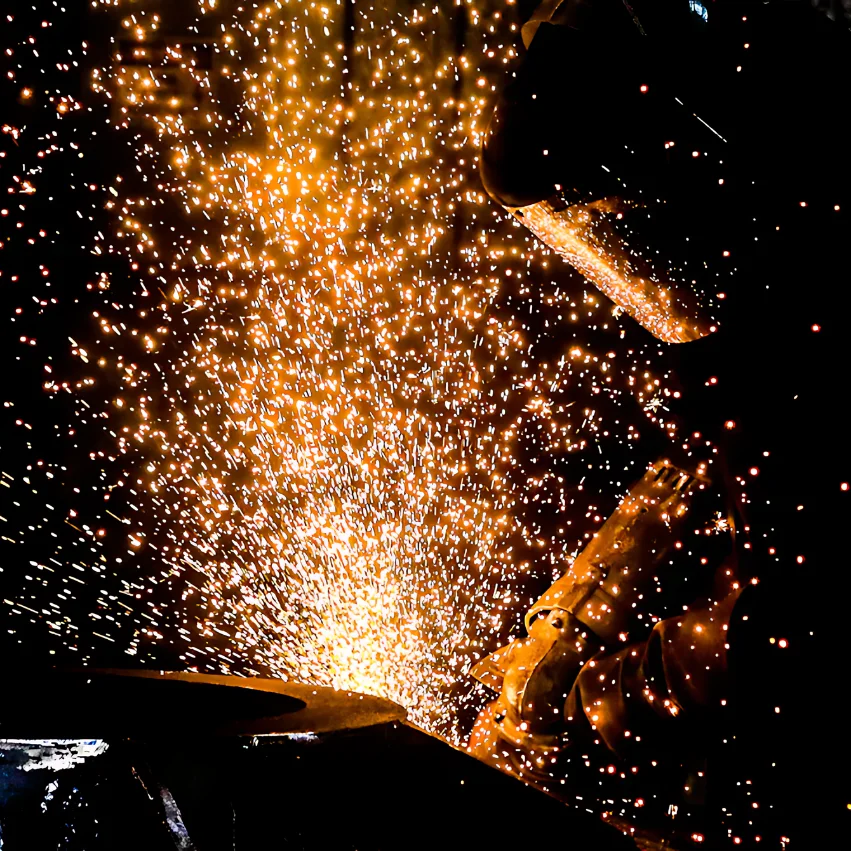Selecting the right die-casting material is a critical decision that impacts the durability, weight, cost, and overall performance of the final product. This article focuses on a comparison of aluminum, zinc, magnesium, and other commonly used die-casting materials. We will examine their characteristics, benefits, and applications.
Overview of Common Die Casting Materials
Aluminum
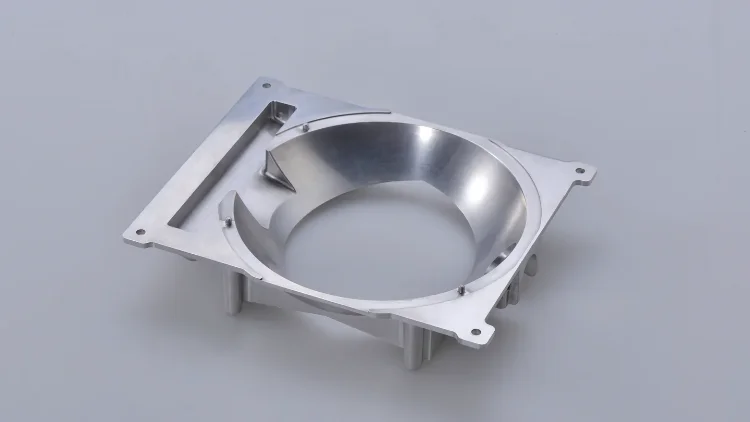
Aluminum is known for its lightweight and excellent dimensional stability. This material has excellent corrosion resistance, making it suitable for a wide range of applications. Aluminum also has good thermal and electrical conductivity, making it versatile in die casting.
Specifically, aluminum’s low density reduces the overall weight of the final product, its excellent corrosion resistance ensures a longer product life, its high thermal conductivity makes it ideal for heat dissipation applications, and its good electrical conductivity is suitable for manufacturing electrical components. In addition, aluminum can maintain its shape and size under different conditions, making it suitable for complex parts.
However, aluminum also has some disadvantages. Its higher melting point requires more energy to melt, which increases production costs. Compared to other materials, such as zinc, aluminum has lower fatigue properties and is not as resistant to cyclic loads. Another issue is porosity, which can cause defects in the final product and affect quality. Despite this, aluminum’s comprehensive advantages make it an indispensable material in many die-casting applications.
Zinc
Zinc offers excellent fluidity, allowing it to fill molds easily and produce smoother surfaces with finer details. Its lower melting point simplifies the casting process, resulting in better surface quality and higher compatibility with various coatings. Zinc’s superior fatigue performance compared to plastics and some metals, combined with its ease of polishing and electroplating due to lower porosity, makes it an excellent choice for precise and high-quality castings.
Zinc also has some disadvantages. It is more sensitive to temperature changes, which can cause warping or shrinkage. Additionally, zinc is heavier than aluminum and magnesium and may not be suitable for all applications. The higher cost per unit volume of zinc compared to some other die-casting materials may also be a limiting factor.
Magnesium
Magnesium is one of the lightest structural metals, known for its very low density and high strength-to-weight ratio. It has good corrosion and wear resistance, making it an ideal choice for applications that require weight reduction. Magnesium alloys are durable and suitable for high-stress applications, and hot chamber die casting can reduce production cycle times compared to cold chamber processes.
Of course, magnesium has some limitations. Its cost per unit volume is similar to that of aluminum, but it is less attractive considering the yield strength to cost ratio. In addition, magnesium has a lower rigidity compared to other materials, which may limit its use in certain applications. The complex casting process requires specialized equipment, adding to the complexity of production.
Comparison of Aluminum, Zinc, and Magnesium Die Casting Materials
Aluminum, zinc, and magnesium each have unique strength and durability. Aluminum is widely used in outdoor and high-stress applications due to its good strength and corrosion resistance. For example, A380 aluminum alloy has balanced tensile strength and elongation, which is ideal for structural parts.
Zinc, on the other hand, is known for its high impact strength and excellent dimensional stability, which is ideal for components that require intricate details. Zamak 3 zinc alloy is popular for its excellent mechanical properties and ability to produce thin-walled parts. Magnesium has moderate strength but performs well in applications that require weight reduction. Alloys such as AZ91D provide a good balance between strength, ductility, and corrosion resistance.
In terms of weight and density, aluminum is the lightest, with a density of about 2.7 g/cm³, which is ideal for applications that require overall weight reduction. Zinc is heavier than aluminum, with a density of about 6.6 g/cm³, but is still suitable for manufacturing small and delicate parts. Magnesium is the lightest of the three, with a density of about 1.74 g/cm³, which is ideal for weight-sensitive industries such as automotive and aerospace and can significantly reduce the overall weight of the component.
Cost-wise, aluminum is generally mid-range, with its energy efficiency and wide availability making it an affordable option. Zinc’s low melting point, short production cycle, and low cost make it suitable for mass-production applications. While magnesium is more expensive, its advantages in weight reduction and fuel efficiency make it a worthwhile investment in industries such as automotive and aerospace. While the initial cost is higher, the long-term performance advantages can offset these expenses.
Aluminum, zinc, and magnesium each have good castability and machinability. Aluminum is easy to use in a variety of manufacturing processes, can be formed into thin-walled complex shapes, and has versatility. Zinc has good fluidity and a low melting point, making it very suitable for casting complex designs and fine details. It can produce parts with close tolerances and smooth surfaces, reducing the need for post-processing. Magnesium powder is flammable and requires special handling, but it has excellent machinability after casting and a high strength-to-weight ratio, making it suitable for manufacturing parts with complex geometries and fine details.
Choosing the Right Aluminum Alloy for Die Casting
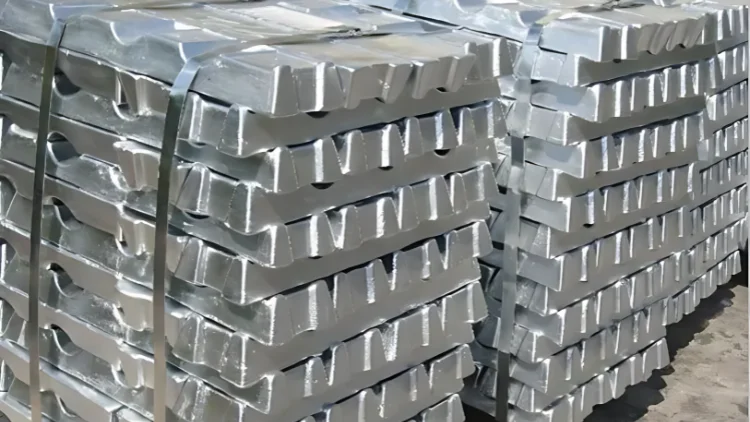
When selecting an aluminum alloy for die casting, it’s essential to consider the specific needs of your project. A380 is a widely used alloy due to its balanced properties, making it suitable for various applications. Alloy 383, or ADC12, offers enhanced filling characteristics compared to A380. B390 stands out for its exceptional wear resistance, ideal for automotive engine parts. A413 is preferred for its excellent pressure tightness, making it a great choice for fluid handling components. Lastly, A360 provides superior corrosion resistance and fluidity, perfect for intricate components that require high performance in demanding environments. Selecting the appropriate aluminum alloy can significantly improve the durability and functionality of the finished product.
Choosing the Right Zinc Alloy for Die Casting
Zinc alloys are known for their excellent fluidity and low melting point, making them ideal for die casting of complex parts. The commonly used Zamak 3 alloy offers good mechanical properties and is the first choice for general castings, while Zamak 5 is suitable for applications requiring more wear resistance due to its higher strength and hardness. Zinc alloys are also easy to machine and electroplate, and are often used to make precision and decorative parts.
Choosing the Right Magnesium Alloy for Die Casting
Magnesium alloys are particularly suitable for the weight reduction needs of the aerospace and automotive industries due to their extremely low density (approximately 1.74 g/cm³) and high strength-to-weight ratio. AZ91D alloy combines durability and corrosion resistance for a variety of durable applications, while AM60B offers excellent ductility and impact strength and is often used in safety-critical automotive components. Choosing a magnesium alloy can significantly reduce the weight of the finished product while maintaining the required mechanical strength.
Related Reading:Types of Die Casting
In summary
Choosing the right die-casting material (aluminum, zinc, or magnesium) depends on your specific application needs, balancing factors such as strength, cost, and weight for optimal performance.
If you need die-casting processing, please contact me for professional service and the most competitive quotation.

